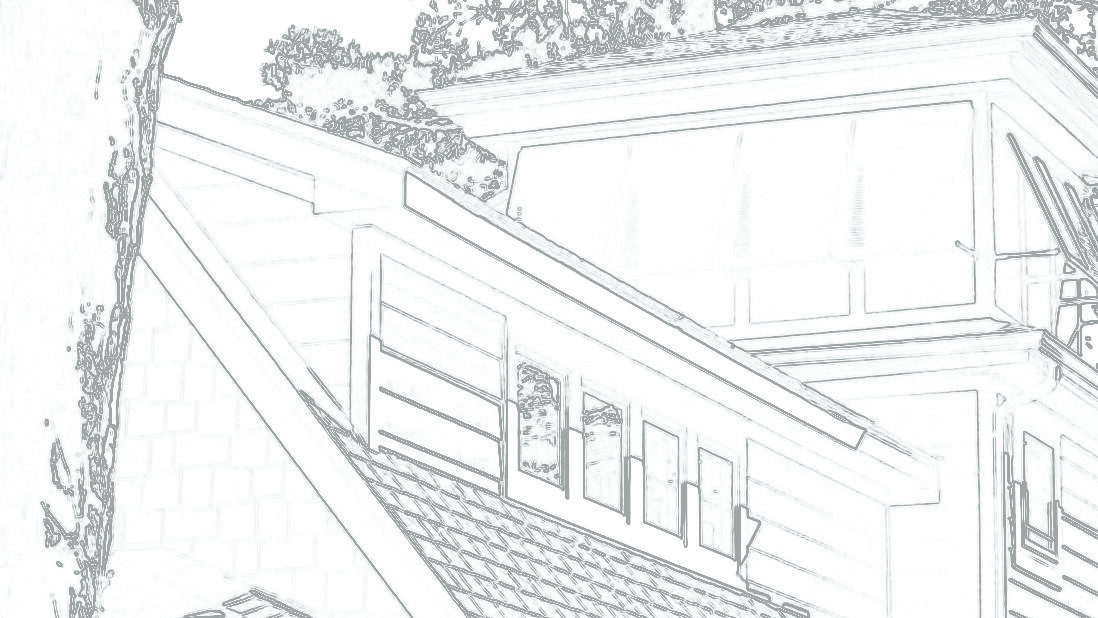Construction Budget
You’re finally about to start the construction project you’ve always dreamed of. Maybe it’s a dream home. Maybe it’s just a new master bathroom. But the fun question you might be avoiding in your excitement, can I afford to build this? Questions about the construction budget is, unfortunately, a question that I often find needs to be asked a lot earlier than it is.
In fact, one of my first questions at an initial consult is: what is your construction budget? I don’t do this to figure out my fees or to destroy anyone’s dreams (although I often do smash dreams with this question.) I do this to start putting together a framework that is realistic. Most people come to us with a list of things, but really, only a few of those are non-negotiable. If there is a large disconnect between budget and costs, looking over that list for items we can modify or alter could make the project happen. I find the budget is an excuse to get creative to get the client what they want. It is not an excuse to start throwing items from the program out.
Making Budgets Work
What do you do if your budget doesn’t align with reality. Well, if the problem is you have too much money, congratulations, you’d be the first person I ever met who had that problem. If you need to save money, there are lots of things you can do. Clients can pare back on specific pieces like window features or finishes. They can combine rooms in your program to allow for multiple uses for the same space. The designer can investigate other options for construction methods or materials. Basically, the earlier you approach this problem, the more it becomes and opportunity to focus your design and less a hurdle to climb over.
You can scale back the expensive rooms like bathrooms and kitchens. My advice is to usually put the money towards the features that will last longest first. In that case, the most important feature is the one you’ve probably never thought about, your foundation.
Foundations can be cheap to install, but are horribly expensive to upgrade or fix making it a bad place to look for savings. Next would be your structure, what is physically holding the building up. You skimp on this and the building will move which will damage all of your finishes and furnishings making it a bad deal to skimp on. The next most important feature is your weather tightness, i.e. flashing, infiltration barriers, and windows and doors. They wouldn’t be impossible to replace or repair, but they really should be designed to last a century. There are some windows I call disposable because they are only designed to last a decade at best. Once you have a stable foundation, a sturdy structure, and a weatherproof exterior, the rest of the materials (finishes, siding, shingles, etc.) have much shorter shelf lives allowing you to upgrade cheaper and sooner if you wish.
Tract Homes, Modular Construction, & Pole Buildings
Tract Home builders leverage scale to buy in bulk and it is very difficult to beat the cost they offer for a brand new home. There are downsides. You usually have very limited customization options. In addition the homes are usually skimping in materials and labor to drive costs down even farther. They are often designed just above code. This is because while saving a couple of joists in a single house isn’t worth it to a custom builder, saving 4,000 joists by spreading out the joists over 400 copies of that home is a real savings. The labor that is used to construct these homes can also often be less skilled. These leads to cost savings on labor, but can lead to issues as well. You can get a good home from a tract builder. However it depends a lot on the site foremen for the project who you may not get to choose.
Modular construction is similar to tract in that it’s a bit of scale to bring down costs. It can offer higher construction quality and more certain time frames as it is a factory floor process. Similar concerns to tract builders though make this method anything but a panacea. Obtaining an open floor plan can be a challenge. Every box has to be able to fit on a truck and be shipped to the site. This limits the spans in a way that is working counter to modern design trends of larger spans and open spaces.
Similarly, we have clients who think that pole buildings will solve their budget concerns because it is a cheap way to build. It can be. The caveat, the less you embrace what a pole building is, the less potential you have to save money. This can lead to a situation where all you save is the cost of the foundation, which is counter to my advice earlier as a place to look to for savings.
Final Thoughts
In the end, my advice is to always obtain feedback from professionals, and be willing to adjust your expectations. Your designer and your contractor may have ideas that can help. Embracing the construction budget early is a lot easier than modifying plans late in the game or during construction.
